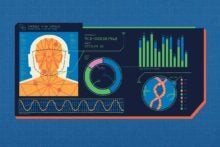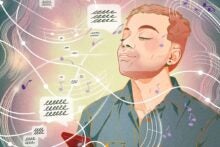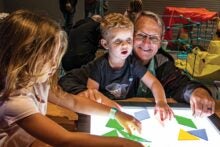
As virtual and augmented reality technologies are becoming more popular commercially, the use of simulations is also growing across classrooms.
Simulations can increase student engagement by 65% — creating a more interactive and participatory learning environment, according to a Journal of Computing in Higher Education report. The technology is also linked to improved retention rates, skill acquisition and confidence in decision-making — as well as decreasing costs associated with instruction.
Here are a few simulation technologies educators across UCF are using and developing to better prepare college and K-12 students.
Blended Learning Interactive Simulation Suite (BLISS)
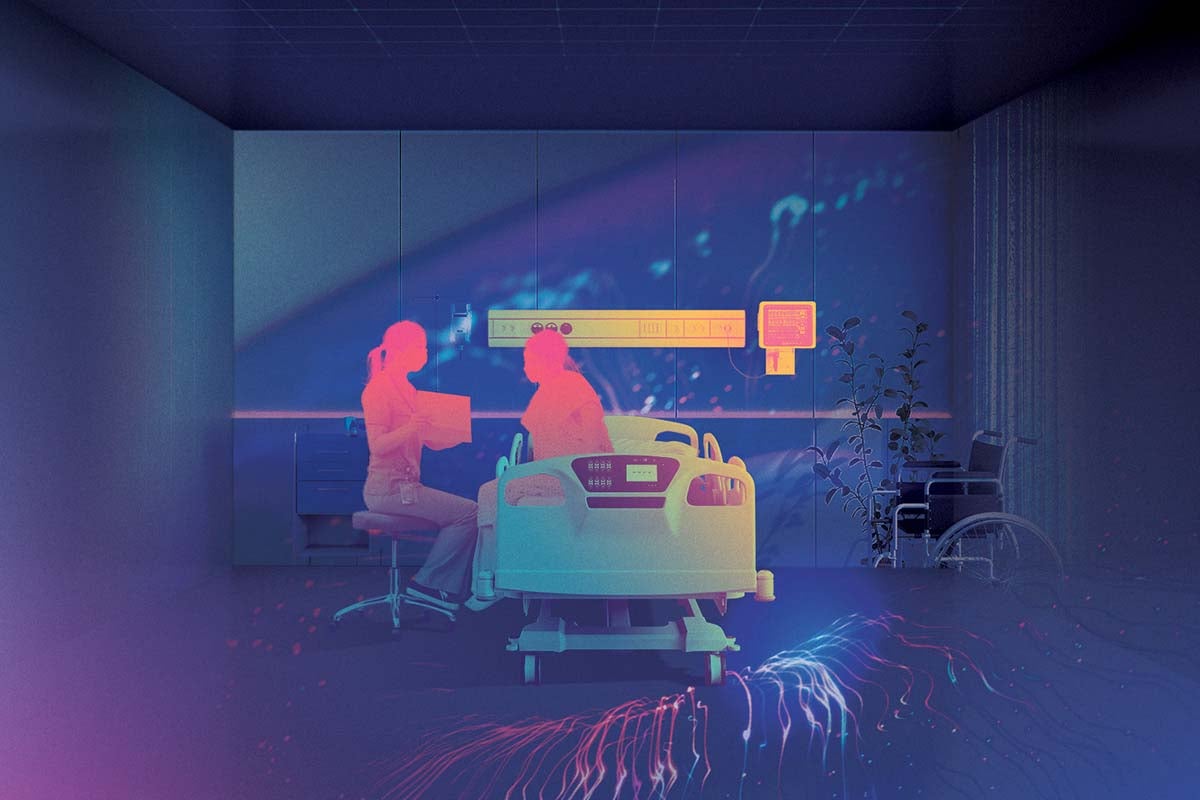
The Blended Learning Interactive Simulation Suite, or BLISS, uses 270-degree, floor-to-ceiling touchscreen walls that display curated video and audio — providing an immersive view of any event, location or experience for students in the College of Health Professions and Sciences. It can create or recreate things like medical procedures and emergencies, as well as display anatomical models in greater detail.
Faculty can lecture, demonstrate techniques and engage students in applying their knowledge through exercises and skills stations through BLISS. By being virtually transported to any environment, students can practice the skills needed for frontline roles as healthcare practitioners — equipping them to make a difference on their first day in the field.
Physical Virtual Patient
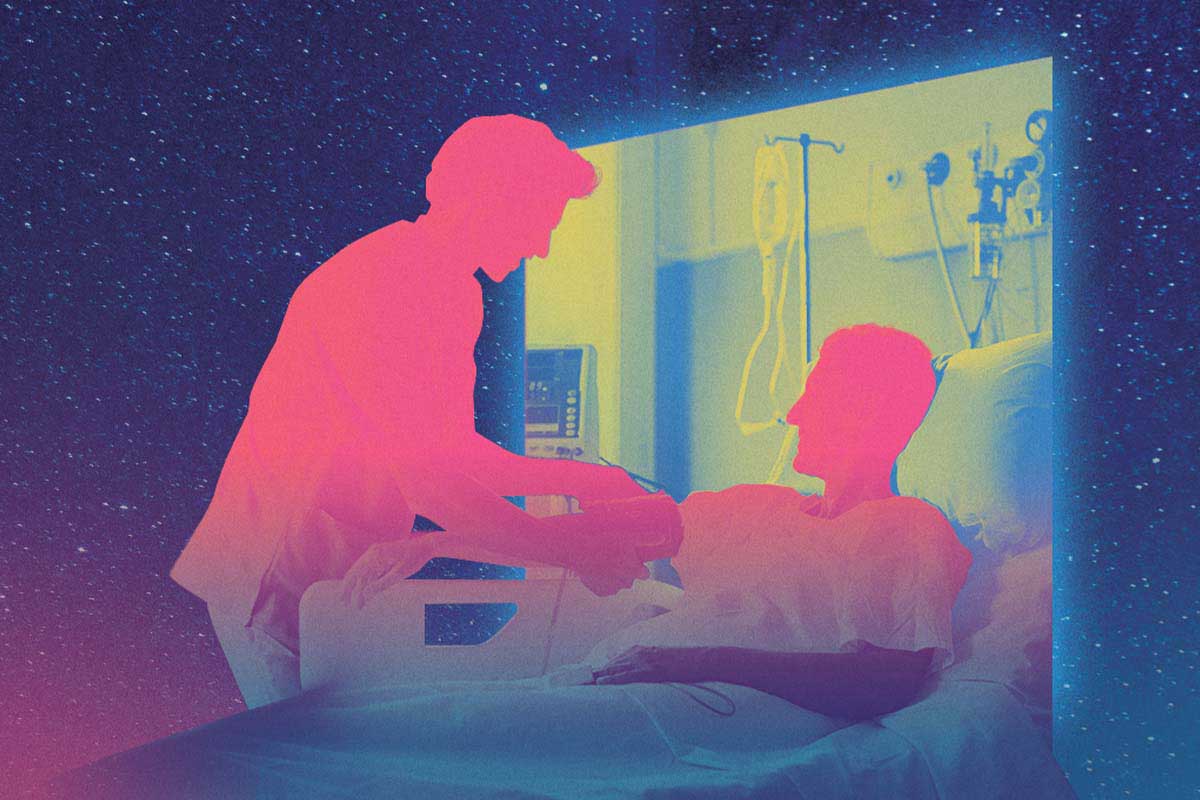
Developed by AdventHealth Endowed Chair of Healthcare Simulation Gregory Welch, physical-virtual manikins provide nursing students the experience of working with test patients that are brought to life through simulation. By projecting digital images onto a model patient, this teaching tool helps future nurses learn how to take vital signs, give injections, deliver babies, and treat medical emergencies such as heart attacks, seizures, strokes and bleeding.
Training with these manikins, combined with other tools in the College of Nursing’s STIM Center and in-person training at local healthcare providers — including Pegasus Partners AdventHealth and Orlando Health — help nursing students complete the hundreds of clinical hours needed to meet their programmatic and professional requirements.
STEM Aviation Showcase
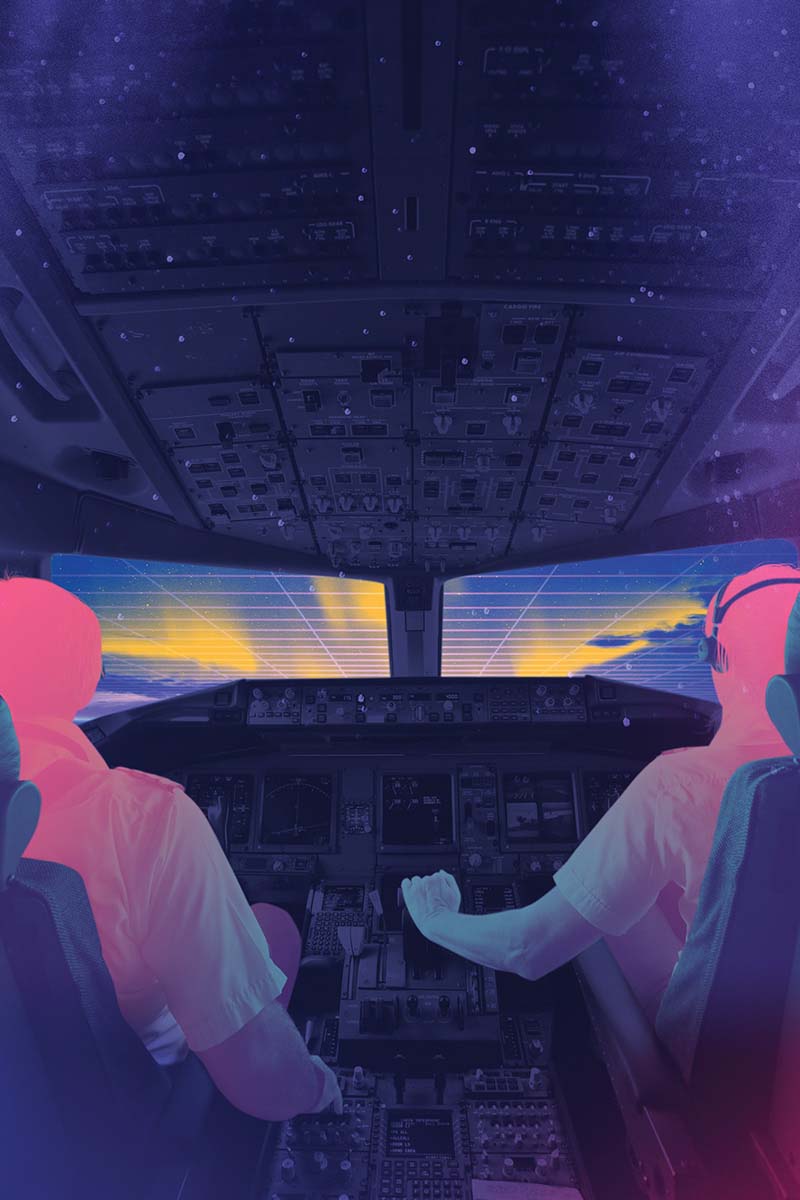
The STEM Aviation Showcase delivers flight simulator experiences to introduce local middle-schoolers to aviation — an in-demand industry that impacts many fields, from tourism to trade to national security. Developed by School of Modeling, Simulation and Training researchers David Metcalf and Michael Eakins ’09 ’17MFA, the showcase uses augmented reality headsets and a custom program to put school kids in the pilot seat.
Through this outreach effort, Metcalf and Eakins aim to reach populations who might not otherwise be exposed to aviation, so they can see themselves as future pilots. Partnerships with Boeing and Blue Origin, as well as Orange County Public Schools and the Cade Museum — which houses the UCF STEM Aviation Showcase exhibit — have helped the initiative reach 1,600 kids since it launched in February 2022.
Project RAISE

Project RAISE is a collaborative effort that provides coding-based instruction and helps improve social skills for students with disabilities by using artificial intelligence (AI) and virtual robots.
The RAISE experience is delivered as a web-based application with a small socially assistive robot named Ray-Z and a virtual companion, ZB, a character with a friendly appearance. The experience allows students to practice real-world skills like self-regulation, communication, STEM problem-solving and peer cooperation. The outcome is an accessible and free toolkit for teachers and parents to use when working with neurodiverse children.
UCF education and computer science faculty members Rebecca Hines, Charlie Hughes, Kathleen Ingraham and Lisa Dieker are working with nonprofit United Cerebral Palsy of Central Florida and the University of Kansas on the $2.5 million U.S. National Science Foundation-funded project.
Virtual Concert Hall

Virtual Concert Hall is a virtual reality experience intended to help musicians overcome performance anxiety through exposure therapy. In the experience the performer is center stage of a recital hall, where they perform in front of a virtual audience.
While any musician can benefit from using the program, which will launch later this year, it will mainly serve undergraduate music students. The program is a product of UCF’s Center for Research and Education in Arts, Technology and Entertainment (CREATE), which conducts multidisciplinary research related to science and the arts, and is led by Pegasus Professor Stella Sung.






